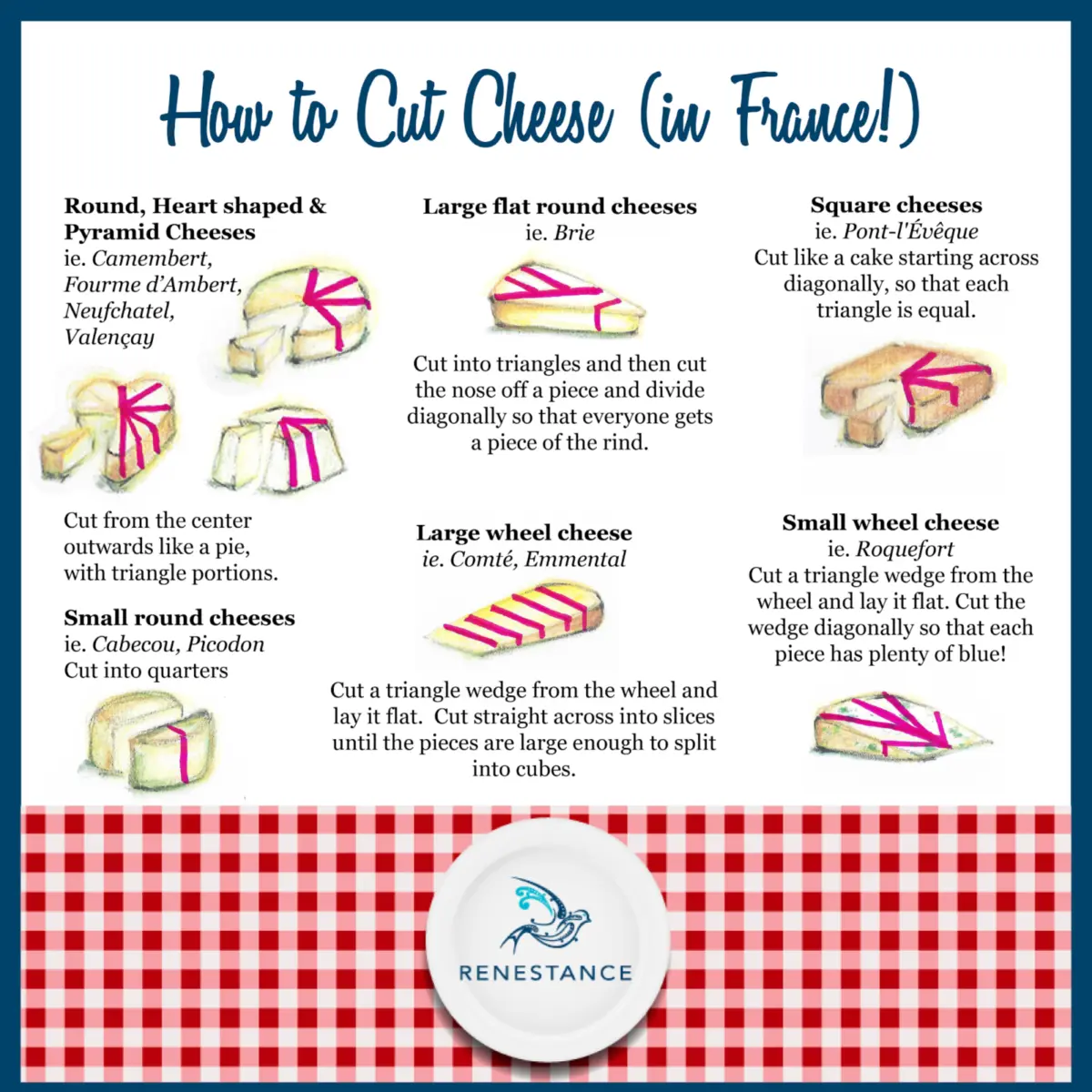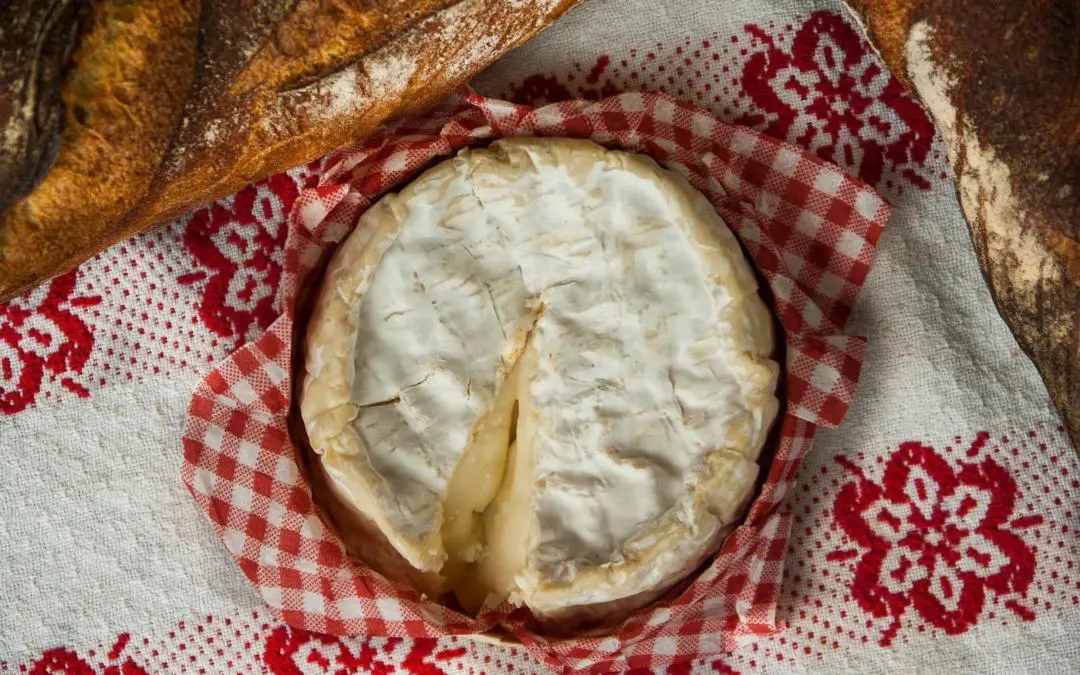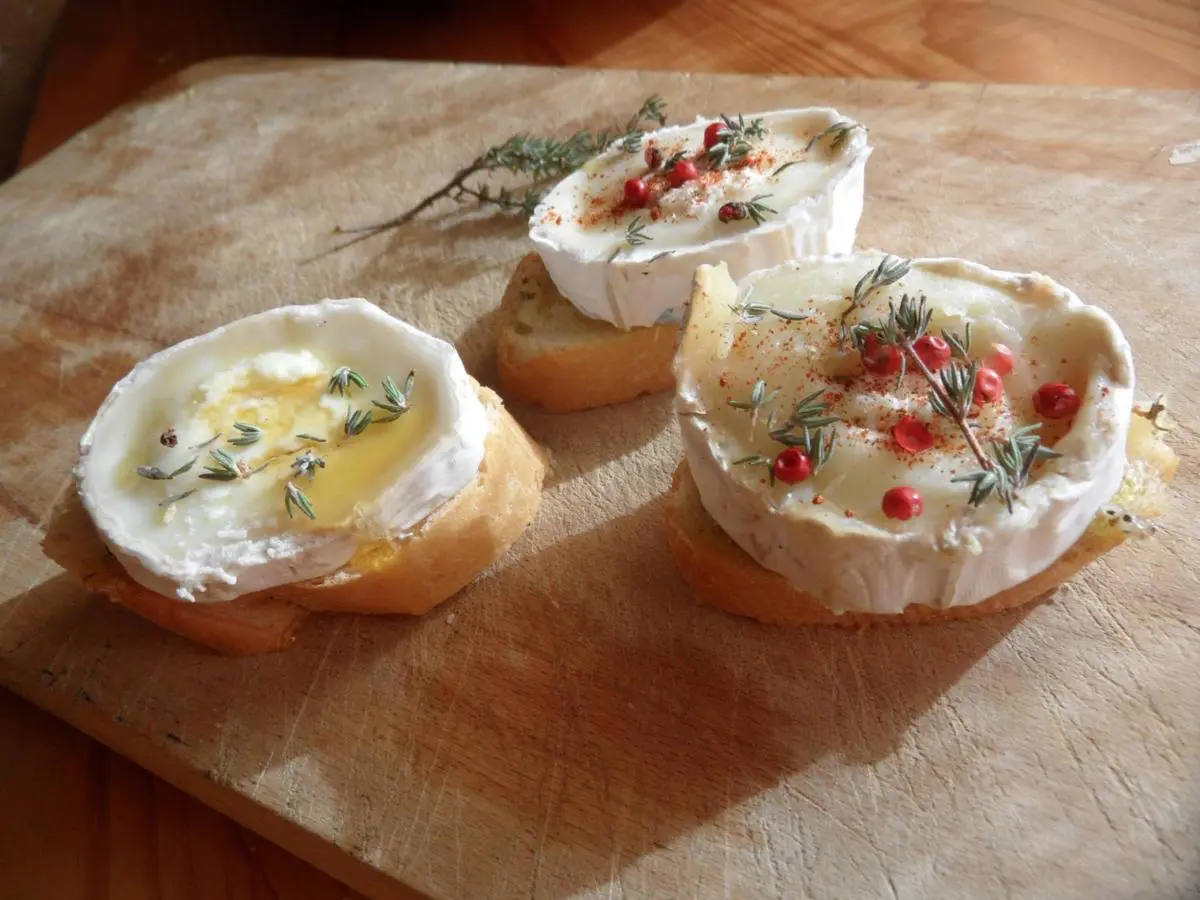If there’s one thing we know from feedback on our Facebook page – French cheese is a popular topic! There are entire websites dedicated to the stuff, and according to Wikipedia there are 1600 distinct types of French cheese grouped into eight categories!
Here we thought we’d highlight a couple of useful tips for enjoying a cheese board – French style.
Cheeses and the seasons
Exploring seasonal cheese is an excellent way to connect the food we eat with the places, animals, farmers and artisans that bring it to us. Cheese is a living product, so the taste and texture will be directly linked to the time it has to mature and how the animal has been reared. Cheeses are generally produced according to the natural annual lactation cycle, around 10 months for a cow, 8 months for a goat and 6 months for a ewe.
For example, in spring and summer, animals are able to graze on a wide variety of grasses and flowers giving the milk a more complex flavor.
In the fall and winter, the animals are usually sheltered with stored silage, so milk produced within this period (if at all) does not have the same rich quality. The only exception is perhaps the creamy Vacherin-Mont d’Or traditionally made in the winter and eaten with a spoon, or baked and served over potatoes!
Spring is THE BEST time to eat goat’s cheese. In Occitanie there are a large number of small farms producing delicious goats cheese, such as Combebelle and Pélardon.
In summer enjoy ‘soft rind’ cheeses such as St. Nectaire, Reblochon, Chaource, Brillat Savarin, Pont l’Evêque, Camembert, etc. Great with salads!
Autumn is a time for richer veined or marbled cheeses such as Saint Agur, Roquefort or anything labelled “Bleu de …”!. A full bodied glass of red wine will be a perfect accompaniment for other full-flavored cheeses like Boulette d’Avesnes, Maroille and Munster.
Winter is a great time for alpine or mountain cheeses which have ripened since the summer such as Abondonce, or slowly aged pressed cheeses like a mature Comté.
Storage and presentation
Softer cheeses generally have a shorter shelf-life than harder ones. It’s a good idea to store cheese in the lower section of the refrigerator where the temperature is more constant. Move the cheese to room temperature at least one hour before you intend to eat it.
An ideal cheese platter will include one cheese of each type (goats, soft rind, blue, hard) to be eaten from the mildest (usually softer) first to the strongest last. In order for the flavors of the cheese to be enjoyed on their own, it is unlikely that crackers will be served alongside. It is a bit of a myth that only red wine and port can be served with cheese – selected red or white wines can be a very appropriate accompaniment!
How to cut French cheese
We will avoid making the obvious joke here! How to cut the cheese may not be as widely known as other cheese facts, but it’s very important for proper etiquette! If you want to stay on the right side of your host here are some important guidelines …

Image by Annette Morris for Renestance
So if you have trouble deciding where or when to visit France next time, you can let your favorite cheeses lead you in the right direction!
Dennelle is the President of Renestance and a bilingual American who’s lived in France since 2000. She loves so many things about France, its language, culture, geography, quality of life... that she started a business to help others realize their dreams of living in this incredible place.
All articles by: Dennelle Taylor Nizoux



